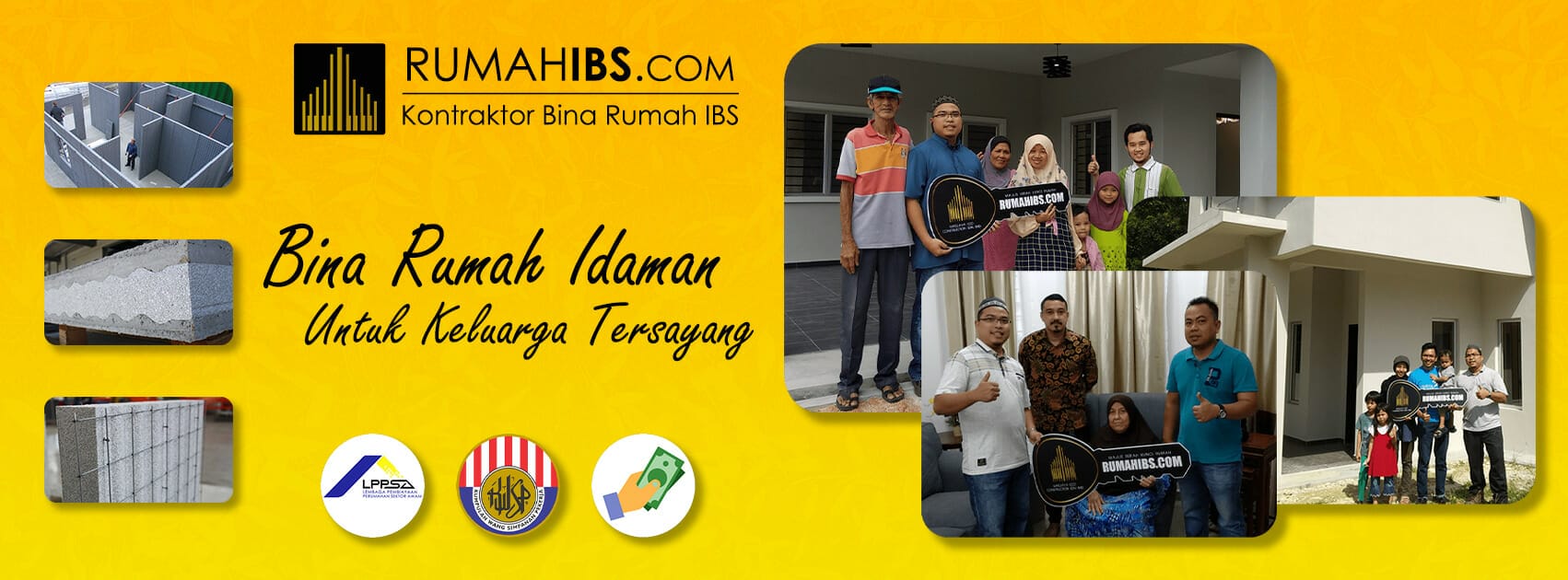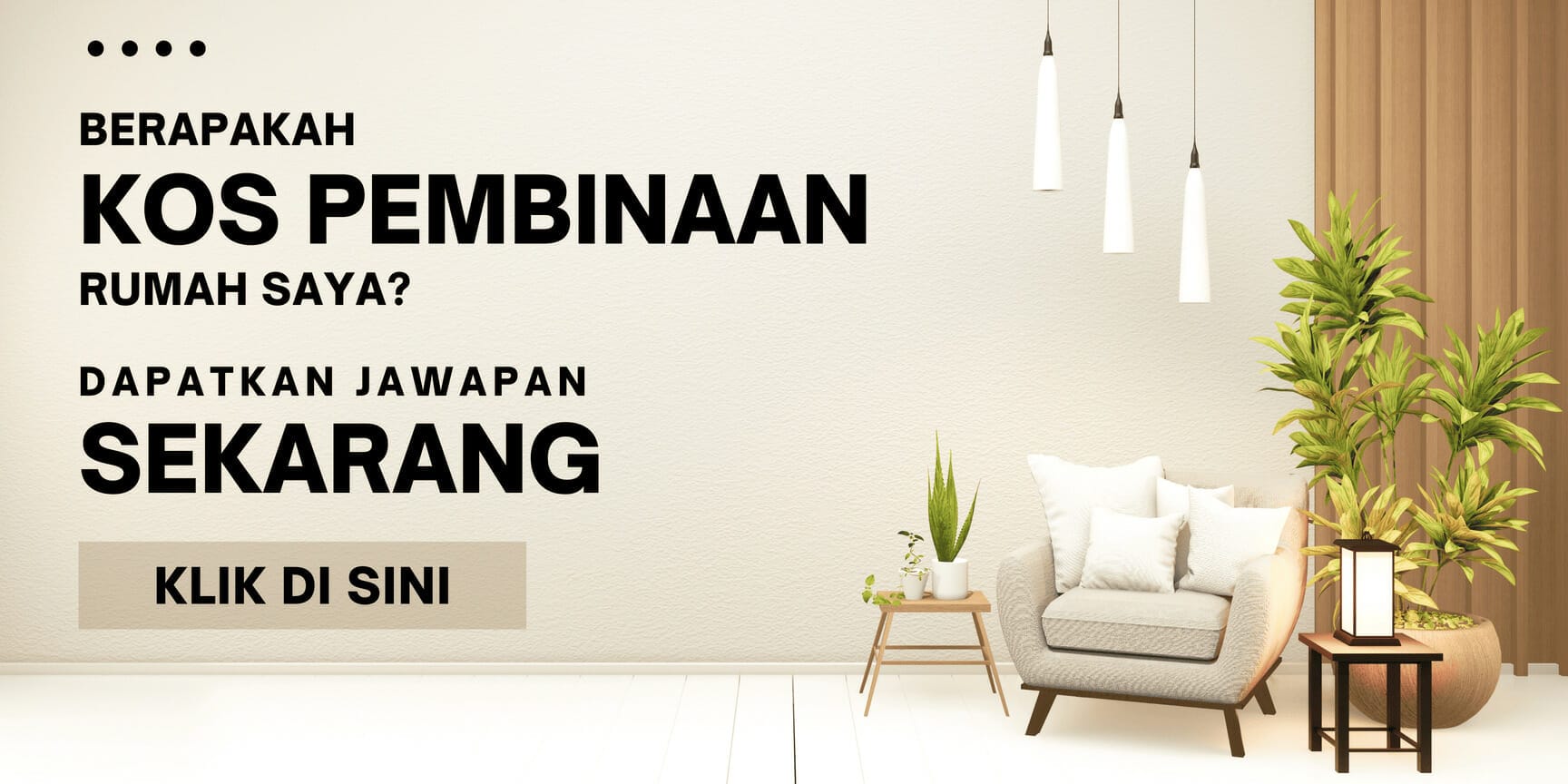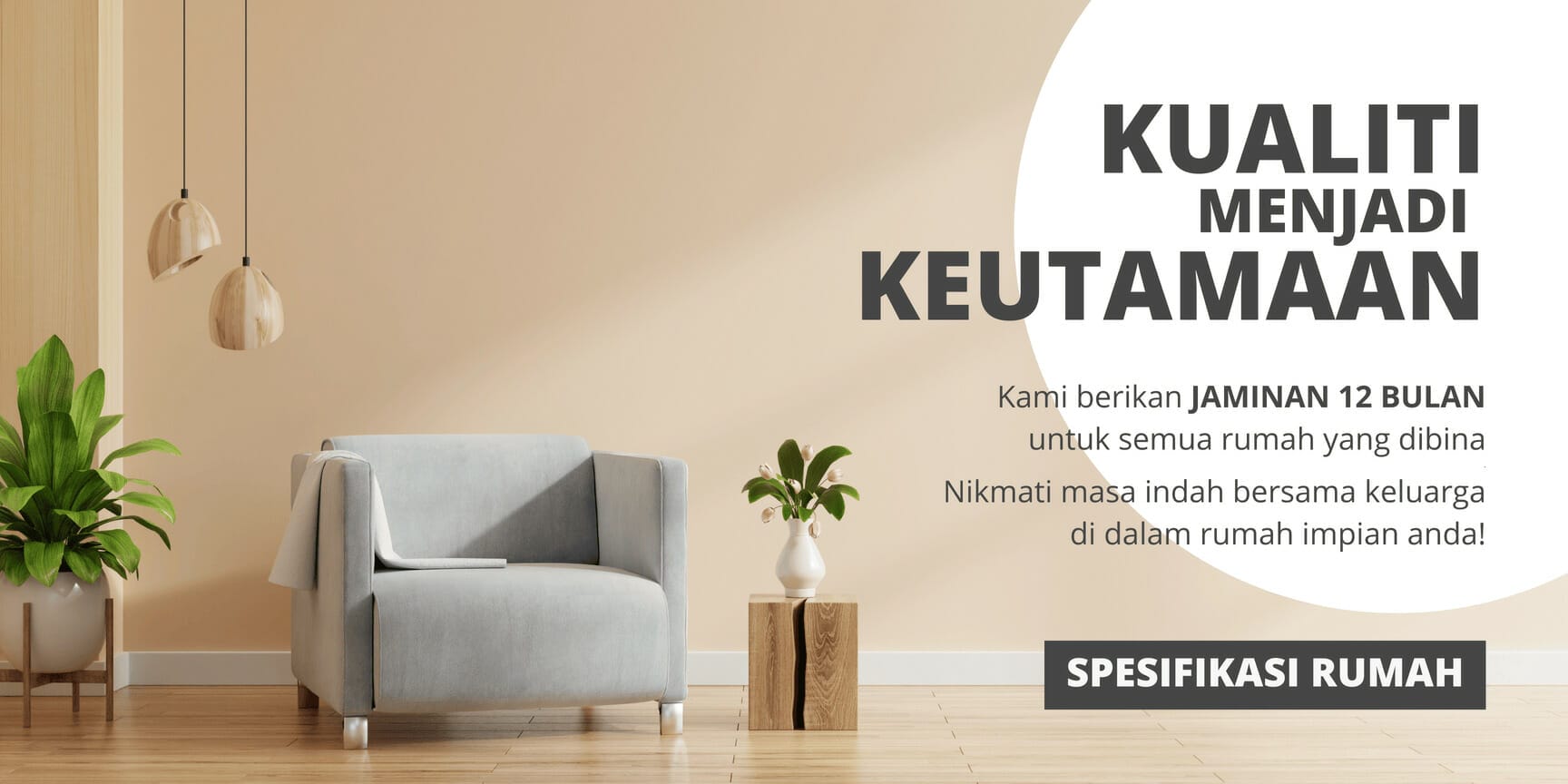- What are the main benefits of using prefab construction for building a home?
- How much faster is it to build a prefab home compared to traditional construction?
- What steps are involved in constructing a prefab home?
- What types of materials are used for prefab home construction?
- How customizable are prefab homes in terms of design, layout, etc?
- What are the limitations or downsides of using prefab construction?
- How much does it cost to build a prefab home compared to traditional construction?
- What are some examples of companies that offer prefab home packages?
- What factors should I consider when deciding between prefab vs traditional construction?
- How difficult is it to get financing, insurance, permits etc for a prefab home?
Prefabricated (prefab) home construction offers several key advantages compared to building a home using traditional stick-built methods:
- Faster build time – Prefab homes can be constructed in a factory in modules, then transported to the site and assembled. This allows construction to happen concurrently, drastically reducing on-site build time to just weeks or months rather than nearly a year.
- Cost savings – Factory prefabrication brings efficiency, standardization and bulk purchases of materials that lower costs by 20% or more. Less on-site labor is needed as well.
- High quality – Prefab components are constructed offsite in a controlled factory setting using advanced equipment and techniques, resulting in higher quality than traditional building.
- Customization – Within certain parameters, prefab homes can be customized to suit specific layouts, designs, finishes and features. Modular components make changes easier.
- Eco-friendly – Less waste is produced in a factory. Prefab homes also have high energy efficiency, clean air quality and sustainability built in.
- Resiliency – Structurally robust prefab homes perform well under extreme weather and natural disasters. Components are tightly sealed.
- Flexibility – Prefab gives flexibility in home site, size adaptability and future expansion capability not possible with site-built homes.
Going the prefab route simplifies the construction process while giving homeowners a high-quality, customized home at a lower cost in much less time. It’s an appealing modern method to achieve your dream home efficiently.
Building a prefabricated home can take one-third to one-half the time compared to building a traditional stick-built home on site. There are several reasons why prefab home construction is significantly faster:
- Concurrent construction – With prefab, home modules can be built concurrently in a factory while site work is prepared. This overlaps two key phases.
- Assembly vs construction -MODULES arrive nearly complete, so work is focused on assembly and finishing. Traditional building requires lengthy framing, roofing, siding etc.
- Weather delays – Factory conditions protect prefab construction from weather impacts that commonly delay site-built projects.
- Early finishes – Interior finishes like flooring, tiling, paint can be applied efficiently in a factory setting well before installation.
- Streamlined process -Prefab provides a cookie-cutter like optimized construction process with less steps and Handoffs.
- Reduced inspections – Single inspection of complete modules speeds things up versus traditional inspections at multiple stages.
- No material delays – Prefab factories maintain steady material supply chains and inventory, avoiding delays that happen with traditional building.
While stick-built homes typically take 8-12 months to construct, a comparable prefab home can be assembled and completed in just 3-6 months. For those on a tight timeline or eager to move in, prefab provides the fastest path to realizing your new home dream. The quick turnaround time is a key benefit that makes prefab an appealing choice for many homeowners.
The process of building a prefabricated modular home involves several key stages:
-
Design – Home plans are customized to buyer preferences for layout, functionality, aesthetics, features.
-
Manufacturing – Modules are constructed offsite in a temperature-controlled factory using an assembly line type process.
- Components are cut, shaped and finished.
- Plumbing, electric, HVAC systems installed.
- Exterior and interior walls assembled.
- Finishes like flooring, tiles, cabinetry added.
-
Site preparation – While factory construction proceeds, the home site is readied.
- Old structures demolished if needed.
- Foundation poured.
- Utilities connected and prepared.
-
Module delivery – Fully constructed modules are trucked to the prepared site when ready.
-
Assembly – Modules lifted by crane into place and bolted together on foundation.
-
Finish work – Roofing, siding, decks attached to seamlessly integrate modules.
- Interiors finalized – carpet, paint, fixtures.
- Driveway, landscaping completed.
-
Inspections – Local building inspectors verify safety and livability standards are met.
The entire prefab process from design to completion averages just 4-6 months. With meticulous factory construction and rapid on-site assembly, you can move into your quality custom prefab home quickly and efficiently.
Prefabricated homes utilize many of the same high-quality durable materials as site-built homes, including:
- Wood framing – Kiln-dried lumber framed walls let in wiring and insulation. Eco-friendly engineered wood is also popular.
- Steel framing – Lightweight galvanized steel studs offer maximum structural integrity to modules.
- SIP panels – Structural insulated panels with rigid foam insulation sandwiched between wood sheathing.
- Concrete – For foundation stem walls and interior floors in some designs. Durable and energy-efficient.
- Drywall – Interior wall sheathing, typically moisture-resistant drywall in bathrooms.
- Brick – Real full-thickness brick veneer siding adds beauty and durability.
- Fiber cement – Composite siding materials like Hardie board provide low maintenance.
- Vinyl – Economical, resilient vinyl siding comes in many aesthetic styles.
- Roofing – Asphalt, metal, slate, and synthetic tile roofing options match style.
- Windows – Dual-pane vinyl or fiberglass energy efficient windows with durable finishes.
- Insulation – High-performance rigid and batt insulation keeps interior comfortable.
Today’s prefab homes utilize exceptional materials for energy efficiency, quality, and performance – making them indistinguishable from site-built homes. Advanced materials and construction techniques make prefab homes durable assets that will last for decades.
Prefabricated homes are remarkably customizable despite being factory-built. Within certain reasonable limits, prefab home buyers have extensive options to personalize their new home:
- Floor plan – Choose or modify open concept layouts with desired bedrooms/bathrooms.
- Exterior – Select exterior finishes like siding, stone, exterior paint colors.
- Roofline – Opt for gabled, hip, flat or other roof styles and orientations.
- Interior finishes – Pick sinks, hardware, countertops, flooring types/colors, etc.
- Fixtures – Choose lighting fixtures, faucets, appliances that suit your taste.
- Smart features – Integrate home automation, entertainment, security and more.
- Energy packages – Enhance insulation, HVAC, windows to meet energy and budget goals.
- Add-ons – Add deck, porch, garage or secondary unit Later if desired.
- Site details – Orientation on site can be adapted to preferences.
While prefab manufacturers have standard models and construction methods, there are still abundant ways to put your personal touch on your new prefab home. Most buyers are pleased with the flexibility to tailor a quality factory-built home to their needs and style.
While generally advantageous, there are some potential limitations to weigh with prefabricated home construction:
- Site constraints – Due to transportation logistics, prefab works best on accessible sites with minimal slope and no tight turns.
- Customization limits – Although fairly flexible, there are some constraints versus total custom site-built construction.
- Upfront planning – More design decisions must be made earlier in the process before factory construction commences.
- Long lead time – Prepare for a 4-6 month or longer process, depending on model complexity.
- Foundation required – A completed foundation must be in place before module installation can occur.
- Financing – Not all lenders are familiar with underwriting prefab homes, potentially complicating financing.
- Resale challenges – Prefab homes may get less interest from buyers and appraisers, hurting resale value.
- No DIY – Homeowners can’t build components themselves like they can with traditional construction.
- Codes – Building codes, zoning laws pertaining to modular homes vary significantly by locality.
For most buyers seeking quality, value and speed, prefab represents an advancement over sticks-and-bricks building. But these limitations should be factored into the prefab decision for your custom home build.
Prefab home construction provides significant cost savings compared to traditional on-site building. Some key factors driving lower costs with prefab:
- Materials cost 10-20% less – Bulk purchasing power and inventory management in factories reduce materials expenses.
- Lower labor costs – Factory workflow efficiency means less labor time and expense.
- Minimized waste – Optimized material usage and recycling in factories cuts waste.
- Reduced site work – Less excavating, foundation work needed when modules are simply assembled.
- Scaling benefits – Building identical models allows manufacturers to perfect processes.
- No weather delays – Indoor factory setting prevents costly weather-related shutdowns.
- No contractor markup – Using the prefab company directly avoids GC profit margins.
Overall prefab home cost can be 20% lower for a similar size and quality site-built home.
For example, a 2,500 sq ft site-built home costing $500,000 may cost just $400,000 prefab.
The exact savings depend on local labor costs, customization and other factors. But prefab represents one of the most reliable ways to reduce custom home construction costs.
Some notable prefab home manufacturers to consider across North America include:
- Kasita – Modern, high-tech micro homes with smart home features. Based in Austin, TX.
- Blu Homes – West coast company focusing on sustainable, energy-efficient designs.
- Method Homes – Pacific NW-based builder with modular designs perfect for rural land.
- i-house – Affordable, contemporary prefab homes built in Alabama factory.
- Boxabl – Unique foldable prefab casita units shipped on a truck. Based in Las Vegas.
- Ritz-Craft – Offers both manufactured and modular home models across Northeast US.
- Homeway Homes – Canada’s largest prefab builder with affordable quality designs.
- Aboda – Modern, compact units designed for urban infill projects. Based in St.Paul, MN.
- Idea Box – Customizable homes serving WA, OR, ID using innovative materials.
- Silvercrest – Western U.S. company specializing in modular mountain homes.
This list provides just a sample – there are many more established prefab home manufacturers to research across the continent. Evaluate multiple companies to find the right fit for your prefab home dream.
Choosing between prefabricated and traditional stick-built construction involves weighing several key considerations:
- Timeline – How quickly do you need to complete the home? Prefab is significantly faster.
- Customization – Determine how much you want to personalize the home’s design and finishes.
- Budget – Prefab offers cost savings, but confirm if it meets budget constraints.
- Site conditions – Very steep, remote, or otherwise challenging sites favor traditional building.
- Future plans – Are you looking to move/sell soon? Prefab can pose resale challenges.
- Lender experience – Availability of financing varies by region and lender prefab experience.
- Local codes – Zoning restrictions or permit complexities may rule out prefab in some areas.
- DIY interests – Prefab doesn’t allow hands-on construction involvement like traditional building.
- Quality preferences – Prefab offers advantages, but some still perceive site-built as superior quality.
After analyzing these factors against your own needs, you can determine if the benefits of fast, affordable prefab construction are right for your dream home scenario. If flexibility and budget are deciding factors, prefab likely makes the most sense.
Historically, prefabricated homes faced more challenges getting financing, insurance, permits and other key items needed compared to site-built homes. However, the prefab sector has improved significantly in this regard:
- Financing – While still not universal, more banks/lenders now provide mortgages for prefab construction and even offer specialized loan programs. Be sure to find an experienced lender.
- Insurance – Homeowners insurance companies are growing more familiar with underwriting prefab homes, making it easier to obtain coverage.
- Permits – Codes have evolved with the rise of prefab. Most areas allow modular construction but always verify local regulations. Some zoning restrictions still apply.
- Resale value – Appraiser bias was once common but studies show prefab homes maintain value equally well. Educating realtors upfront helps.
- Warranties – Prefab manufacturers typically offer robust 10-year structural warranties matching or exceeding site-built warranties.
Overall, increased awareness of prefab benefits has removed many of the past difficulties in obtaining financing, insurance, permits, and even maximizing resale value. But verifying these items in advance for your particular region is a wise step. An experienced prefab builder will know local nuances and can guide you through any red tape.
- Prefab home construction is significantly faster, taking just 1/3 to 1/2 the time of traditional building.
- The optimized construction process, protection from weather delays, and assembly vs on-site building are what accelerate prefab speed.
- Despite being factory-built, prefab homes can be highly customized in their layout, finishes, design features and aesthetics.
- Prefab homes cost approximately 20% less on average than comparable site-built homes due to improved efficiency.
- Materials like wood, steel, SIPs panels and more create durable, high-quality prefab homes.
- Always verify local building codes, zoning laws, financing availability and insurance coverage for prefab homes.
- With advantages in speed, quality and cost, prefab makes sense for many buyers’ home construction needs and preferences.
In summary, prefabricated home construction represents an advantageous modern building method. Compared to traditional on-site construction, prefab homes built efficiently in a factory offer:
- Significantly faster project timelines, often 3-6 months instead of 9-12 months
- Greater cost savings, typically around 20% less for similar quality
- Highly customizable designs, finishes and features
- Superior quality with less defects and waste
- Easier financing, insurance, permitting and resale value
With impressive improvements in quality, customization and efficiency, today’s prefab homes rival site-built homes while saving buyers time and money. By researching reputable prefab builders and understanding key considerations, you can determine if prefab is the right choice to construct your dream home faster.
kontraktor rumah
bina rumah
pinjaman lppsa
pengeluaran kwsp
spesifikasi rumah
pelan rumah
rekabentuk rumah
bina rumah atas tanah sendiri
kontraktor rumah selangor









